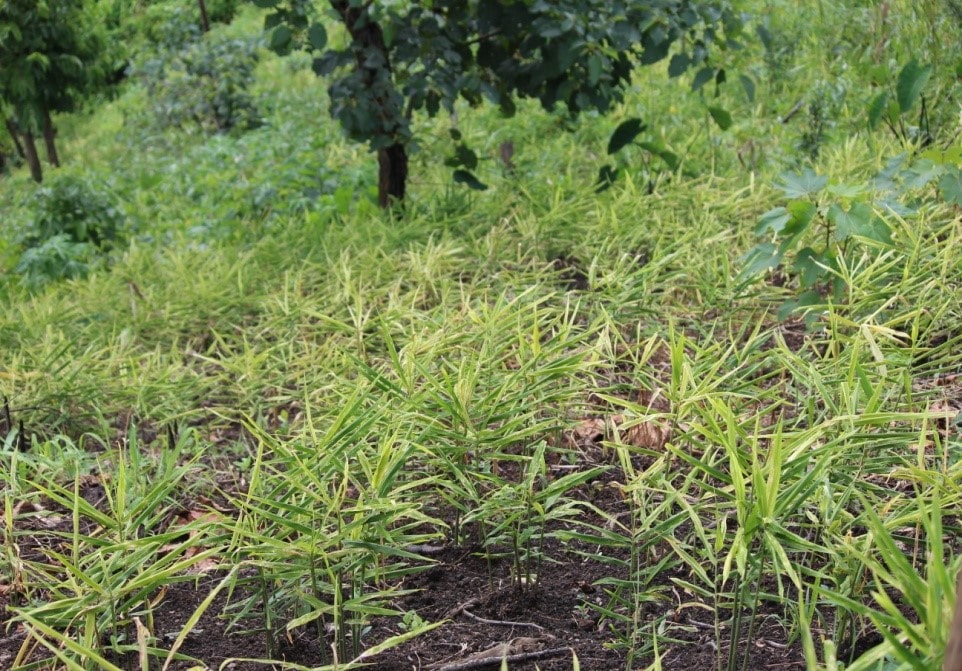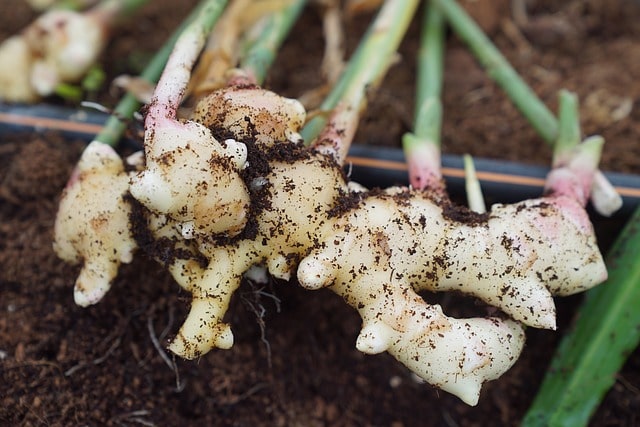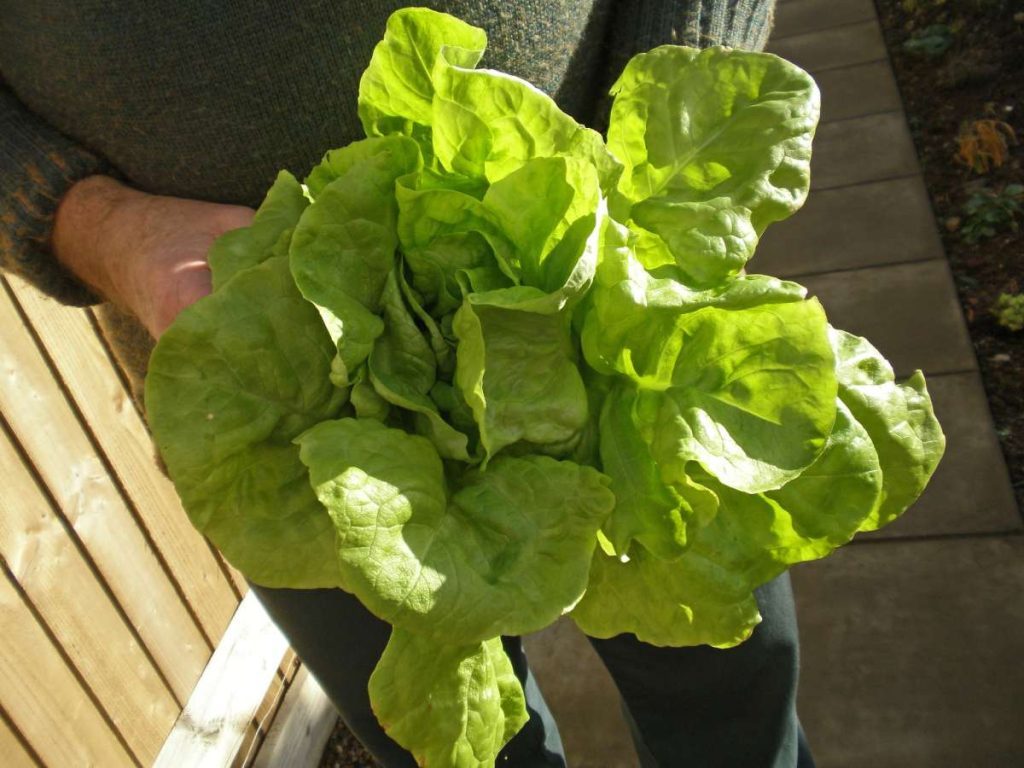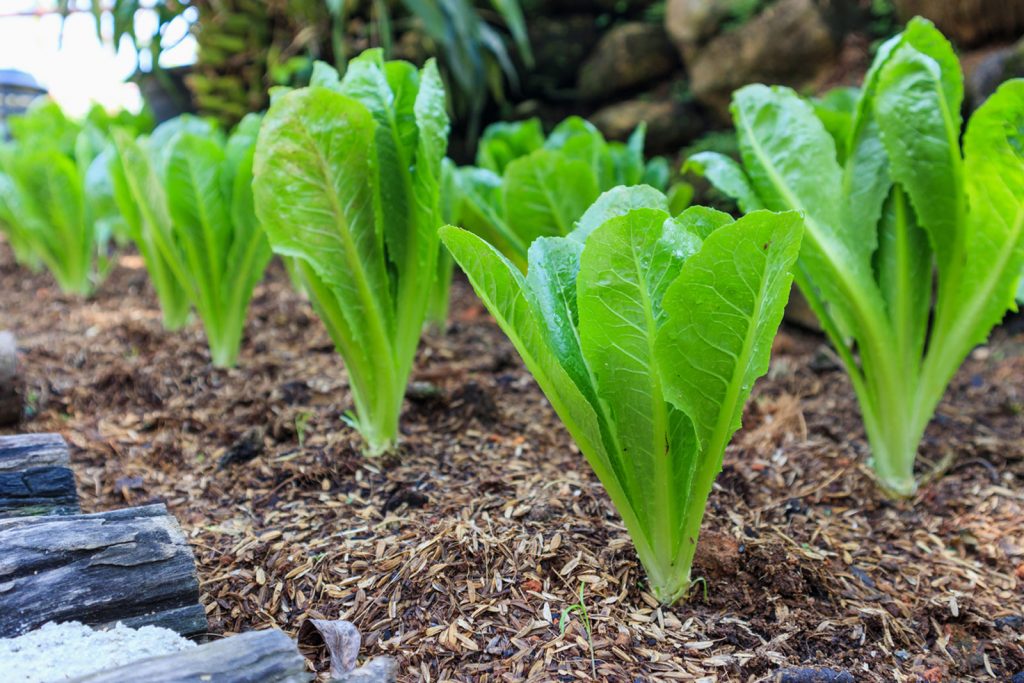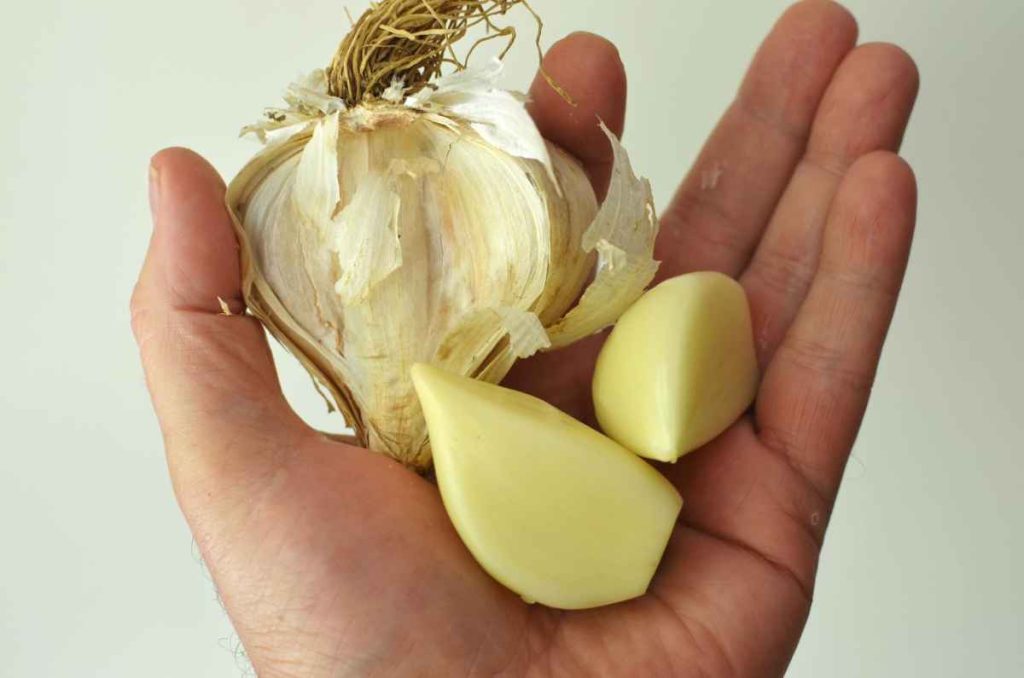It is a unique experience when it comes to the growing of mushrooms. The mushroom farming can be a very satisfying and profitable venture.
The mushroom is a superfood for diet-conscious individuals. Especially for those, who crave a balanced equilibrium in their diet? Mushroom is such an alternative that can bring essential nutrients to the diet. One piece of mushroom contains low calories and is a great source of fiber and protein too.
You can use dried mushroom and mushroom powder to get more mushrooms in your diet. Although fresh mushrooms may offer great health benefits, mushroom powders promote adequate and frequent intake.
Moreover, even though they are usually white, they are filled with as many antioxidants as many vivid fruits and vegetables.
Mushrooms may be grown with different methods. In addition to harvesting it directly from the forests, mushrooms can be grown with plastics bags or containers. Besides, mushrooms can also be produced over specially prepared bags.
Also Read: Sweet Potato Farming Information Guide
How to Mushroom Farming?
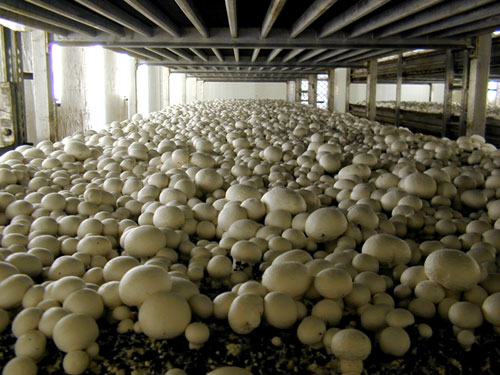
Before starting, it is necessary to know the essential materials that are required in the process. These include straw, water, boiling pot, sterilizer, temperature control device, bags, and drums.
While growing mushrooms, the selection of raw materials is the first step to the ladder.
Straw is the basis of the oyster mushroom production. It can be obtained from a broad range of crops, including maize, wheat, barley, rye, sunflower, etc.
Originally, for the best dry mold-free base, the straw should not have the moisture more than 12 percent.
Moreover, you can add some of the additives including wheat, rice, hay, sugar or gypsum to boost mushroom production.
Sawdust may also be an alternative to straw because the straw is produced from hardwoods.
Once the substance is selected, it is time to prepare the substrate according to the standards to achieve the best results.
Preparing the Straw for Mushroom Farming
The straw is lightweight and the organic material that is less dispersed. Even after boiling, the density does not improve significantly and therefore, you need to form the raw materials closely into the plastics containers.
Otherwise, cutting the straw into pieces and soaking into the water for some hours can be added advantages. The density can also be improved by different external materials including sunflower husk, cottonseed hulls.
Besides, the wood chips, sawdust, sugar beet pulp, etc can also be supplemented as a substrate but these are not mandatory only subjected to the availability.
Next, the substrates are packed into the bags for heat treatment. Some growers prefer to sterilize the substrate in a bulk and treat it before it is moved to the container or bags.
In the case of former, a hole of 3 to 4 cm is made at the bottom of each bag for inoculation that we need later during the spawning.
1. Sterilization of Straw
Sterilization does the necessary task of destroying microorganisms that can harm mycelium in mushroom farming. This process involves the heating process.
Generally, the heating temperature depends on the quality of the substrate. If the substrate is of good quality, it needs heating of 95 to 200 degrees Celsius. And, the heating duration should be 4to 5 hours long.
Besides, if the substrate includes particles or dust, it should be heated at 200–600 degrees Celsius, depending on the amount of dirt.
2. Pasteurization of Straw
Oil drums are the best option for pasteurization for small-scale production. It is a process of using steam to heat the bottom of the straw-filled bags. The drums shall be coated or shaped inside a way to prevent the burning of the plastic bags.
These drums are created in such a way that they always have water toward the base and then a channel of metal above it. The metal channel supports the plastic bags and avoids the melting and burning of plastic bags.
The period of heating depends on bag size but usually, it is about 4-5 hours for complete pasteurization in mushroom farming.
Once, the process ends. These plastic bags are cool down to 25 degrees Celsius.
Spawning
Firstly, you need to understand the purpose of growing the mushroom as well as a thorough understanding of mushroom farming. Once identified, the next step involves the selection of spawn.
If you do not have time to devote to prepare the grown, purchasing the premade grain spawn in the ideal choice. Thus, it enables you to skip the sterilization process. And, you can easily grow the mushrooms on pasteurized straw.
To prevent contamination, a mixing of spawn obtained from approved sources is perfumed with the straw in a cleanroom. And, it is required to use clean gloves.
The hole made earlier at the center of the bag enables mixing 20 to 25 spawns in a single bag of the substrate. This is the inoculation.
Next, the inoculated bags are transferred to dark rooms with the temperature adjusted to 20-25 degrees Celsius. These bags are kept in incubated rooms for 15-25 days.
You can be arranging bags in different ways. Generally, they are placed in a rack and usually, no interaction is allowed between the bags.
Once, the little mycelial starts to appear, bags are transferred to the production space.
In most cases, the same room can be used for both purposes. If you decide to use the same room, mycelial would need at least 10 hours of lighting to grow
Nest stage for creating little holes in all the containers. It allows mycelial to become a fruiting gland.
Mushroom Farming Tips
1. Maintaining the Environment
It is very important to maintain oxygen, CO2 and water. Although, each mushroom variety has the different requirements of fresh air, typically, all mushrooms need a fresh air level for them to grow properly.
As mushroom is made of 90% of water thus maintaining the humidity of the atmosphere is critically important during the early stage.
In case of low humidity, the mushroom bodies can become impaired or deter to grow entirely. On the other hand, high humidity you could raise the issue like bacterial blotch and other forms of contamination.
An accurate hygrometer can be helpful in this scenario for the best outcomes. Moisten the surface of the bed with water once a day if dryness is noticed.
To successfully cultivate a large number of mushrooms, the temperature is also a critical factor. Mushrooms generally prefer cool, humid conditions.
Many mushrooms may require a little warmer, like the pink or yellow oyster, but it’s not the standard but just the case.
When the temperature during the final phase of production in mushroom farming is maintained at about 15-18 degrees Celsius, the mushrooms become more enduring and meaty at maturity.
2. Deciding the Space
Your space for the production can vary in size and shape. It should conform to the amount of crop you want to produce. When you practice developing, you have a good idea of what size of being a room you like.
In some instances, plastic bags with a random space between them can be hung on the bar.
Otherwise, you can use the rack when you choose using the plastic bags with added sawdust. The light requirements for most mushrooms are not lower than what is needed for other plants.
3. Hygiene and Cleanliness
When it comes to hygiene and cleanliness, a production room should usually have smooth washable walls and floors. You can use a diluted solution to wash them daily.
Again, it is important that contaminants can be kept away rather than discarded. If any portion of the mushroom is infected by a mold or fungus, it must be cleaned and thoroughly extracted from the production room so that the organism is not propagated further.
The production area is an essential aspect of mushroom farming. The effective maintenance of the space and the environment should be learned through practices, particularly for mushroom species.
A grower must be continually aware of the mushroom growth and how it responds to and adapts to the environment around it.
How to Mushroom Cultivation?
Generally, the mushroom would be ready for harvesting in 4 to 5 days, once an instance grows out of the bag.
Besides, a mushroom harvest cycle would be 35 to 42 days long, although some collect a crop for 60 days, and in some cases, the harvest can go on for as long as 150 days depending on the temperature, humidity.
Must Read: Growing Your Favorite Peanuts or Groundnuts
Once the mature mushroom is plucked, the mushroom residue is extracted. Thus, the remaining flush can mature again.
Mushrooms are typically harvested at a period when the veil is not too long. The maturity of a mushroom is measured by the reach of the veil, not by the size of the mushroom.
Therefore, all large and small mature mushrooms are ready, although both farmers and buyers choose medium to large mushrooms.
If these are grown in a cluster, it is ideal for the mushroom cultivation to pick a complete cluster when the cap of the largest mushroom in the cluster begins to go from convex to concave.
Besides, a white powder appearing on the side of the bag determines the mushrooms are simply maturing.
Conclusion
There are the other methods to achieve similar results, but the most effective way is that conform your budget to transform a skilled on a small-scale project.

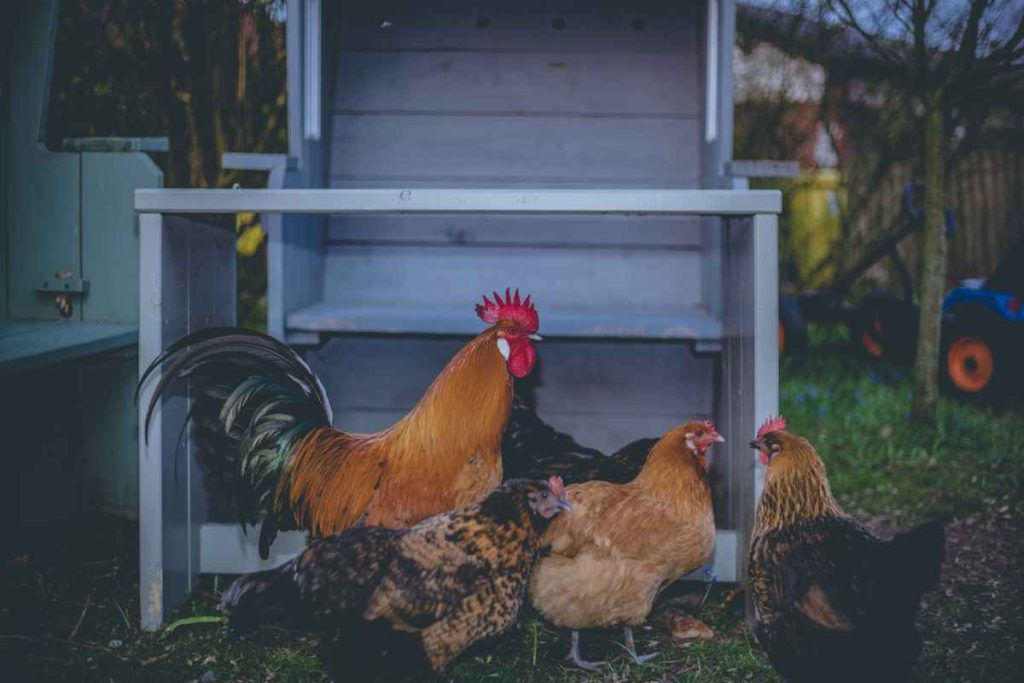






![How to Grow Ginger [Step by Step Guide]](https://farmingpedia.com/wp-content/uploads/2020/11/root-1927138_640-min.jpg)
